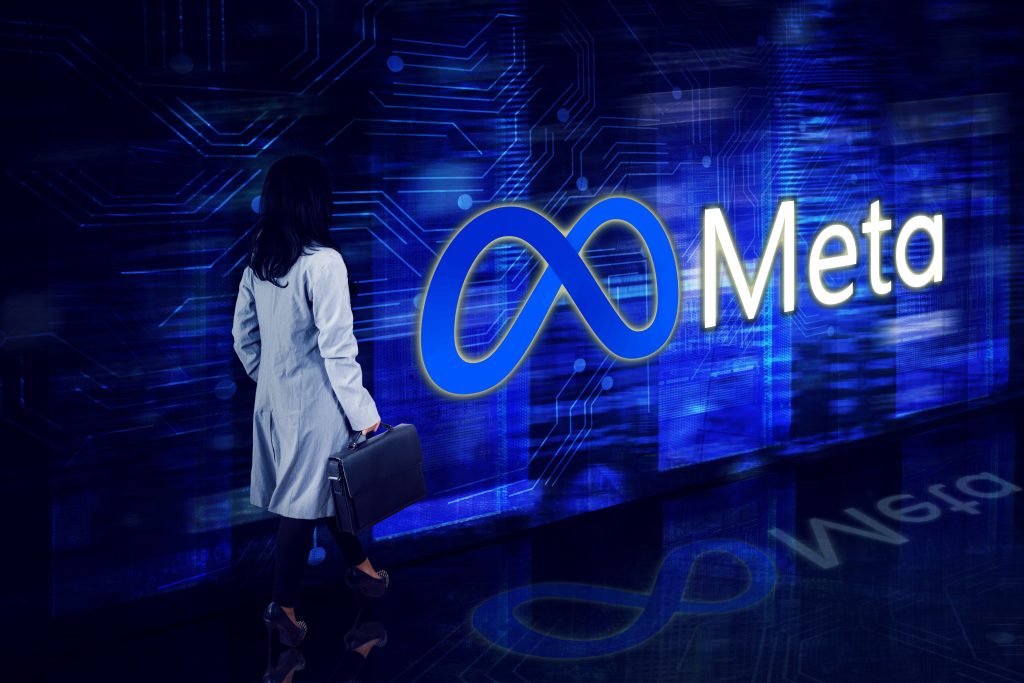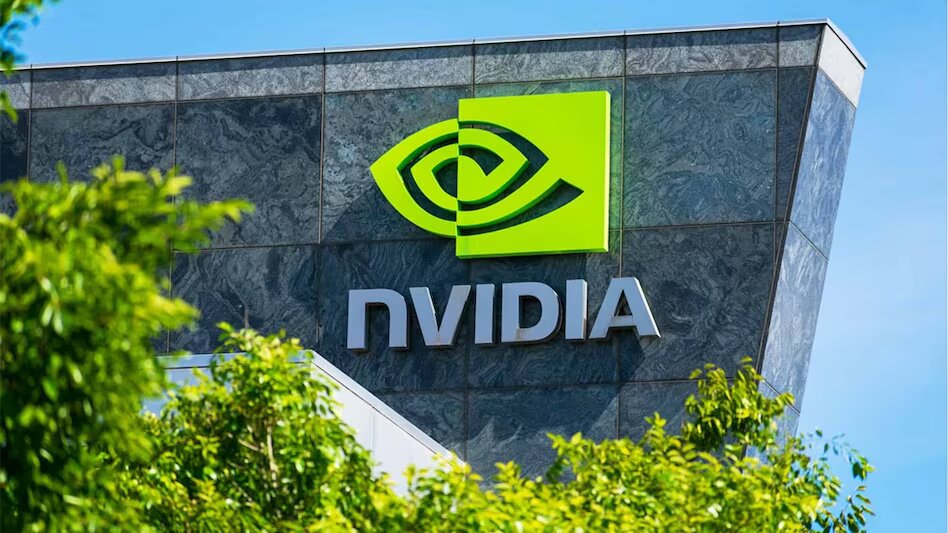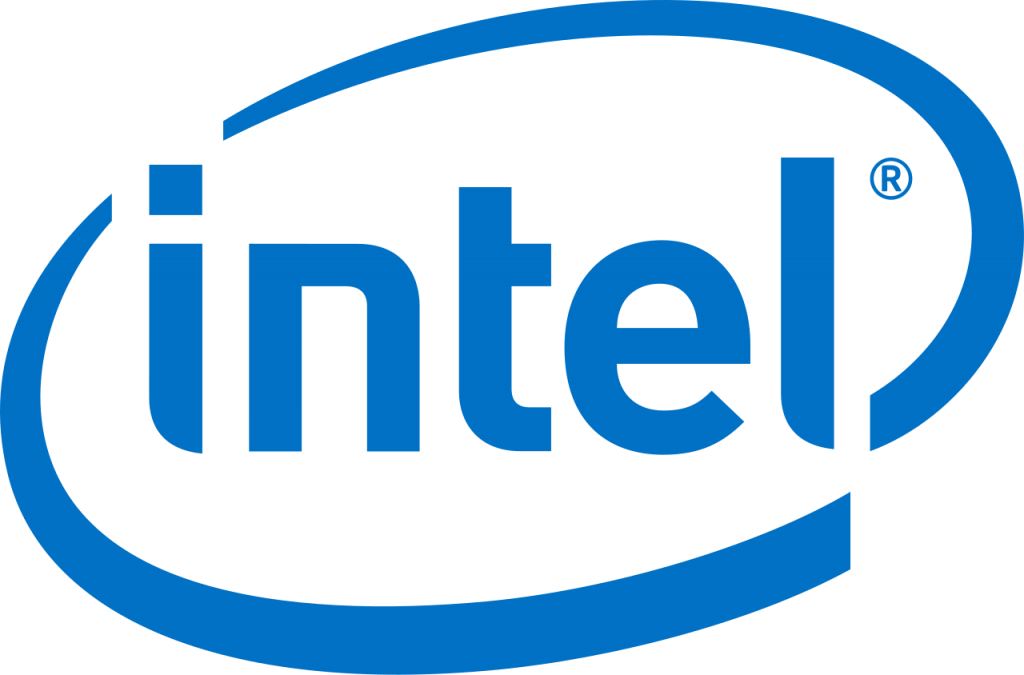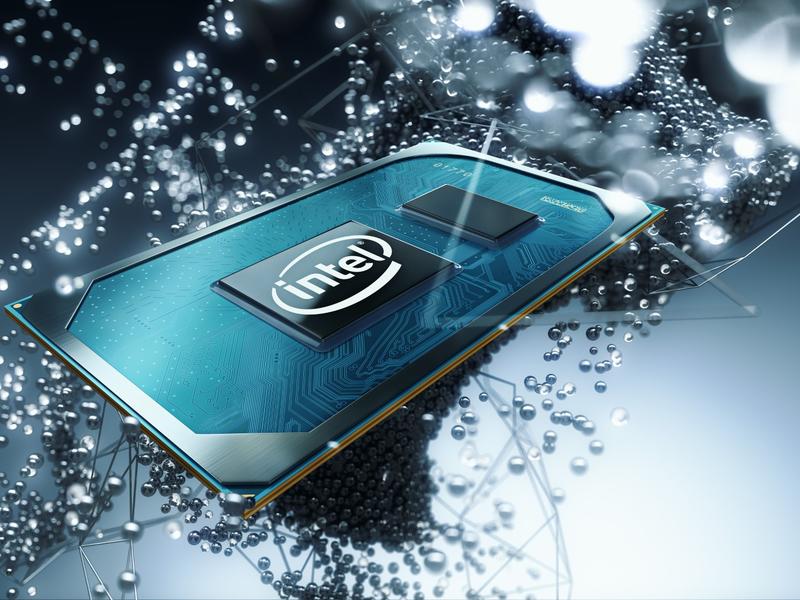Meta Launches AI Coding Software to Compete With OpenAI
In a bold move to solidify its position as a strong contender in the AI landscape, Meta Platforms Inc. has unveiled its latest innovation – an artificial intelligence coding tool named Code Llama. The announcement comes as part of Meta’s ongoing efforts to compete head-on with giants like OpenAI, backed by Microsoft Corp., and Alphabet Inc.’s Google.

Code Llama, introduced just last Thursday, is a revolutionary coding assistant powered by generative AI. This innovative tool is set to transform the way developers write code by providing intelligent suggestions and enhancements. Leveraging the capabilities of AI, Code Llama aims to significantly boost developer efficiency, ultimately resulting in faster and more streamlined software development processes.
One of the most remarkable aspects of Code Llama is that Meta has chosen to make the underlying generative AI model open source. This strategic move allows other organizations to harness the power of Code Llama’s technology for their own purposes. As highlighted in a recent blog post by Meta, companies now have the opportunity to create their own tailored coding tools using this cutting-edge AI, reducing their dependence on existing solutions from competitors.
In recent months, Meta has been on a mission to democratize AI by releasing open-source versions of AI solutions that directly rival those offered by its competitors. This trend started with the launch of a commercial variant of their extensive language model, similar to the technology that powers OpenAI’s renowned ChatGPT. By giving companies access to their AI chatbot technology, Meta has paved the way for cost-effective chatbot development, sidelining expenses tied to software from tech giants like OpenAI, Google, and Microsoft.
Code Llama is set to continue this trend, simplifying the creation of AI coding tools for businesses. This groundbreaking tool aims to replace the need for purchasing similar products from competitors such as Microsoft’s GitHub Copilot, which relies on OpenAI’s technology. While Code Llama will be accessible for most users at no cost, Meta has indicated that certain large enterprises will have the option to access enhanced features through a paid subscription model.
The development of generative AI technologies has become a focal point for Meta, evident from the establishment of a dedicated product group solely focused on advancing generative AI capabilities. Mark Zuckerberg, CEO of Meta, has consistently emphasized the company’s vision of seamlessly integrating AI throughout its entire product spectrum. Internally, Meta is actively encouraging the adoption of its AI-powered chatbot, Metamate, among its employees. Moreover, there’s anticipation surrounding the imminent launch of a public-access chatbot in the coming weeks.
In conclusion, Meta’s introduction of Code Llama marks a significant milestone in the company’s pursuit to establish itself as a prominent player in the AI landscape. With the power of generative AI and the open-source approach, Code Llama not only empowers developers but also signals a shift towards more accessible and democratized AI tools across the industry.

I am a law graduate from NLU Lucknow. I have a flair for creative writing and hence in my free time work as a freelance content writer.







